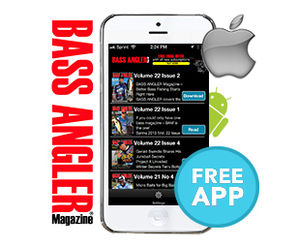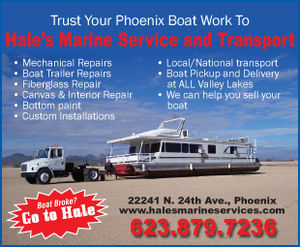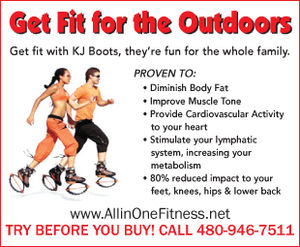Learn To Tow A Trailer
Any Driver Can Learn To Tow A Trailer
January 1, 2021
By Anthony St. Clair
Safe Driving
Towing a trailer can feel daunting and intimidating. But with preparation, practice, and a few tips though, anyone can safely tow a trailer - and with just about any vehicle.
How Much Weight?
Check your car's owner manual to see how much weight you can tow. You don't have to have a big truck to tow a trailer. Crossovers, SUVs, sedans, and hatchbacks can all take a trailer hitch. The key is the towing capacity - which even for small vehicles can be more than 1,000 pounds.
To find out if you can tow a trailer, first check your vehicle's owner manual and the sticker on the inside frame of your driver-side door for some crucial numbers, including the unloaded vehicle weight, gross vehicle weight, gross vehicle weight rating, and gross combination weight rating. Staying under these numbers is essential for safe operation and braking.
How's The Hitch?
Make sure your hitch is up to the job. A standard rear receiver hitch does the job for many vehicles (and can even charge batteries while you drive). Based on your vehicle, the numbers above, and what you plan to haul, your hitch installer can determine the right receiver and trailer hitch, from a Class 1 (up to 2,000 pounds) to a Class 5 (up to 12,000 pounds).
The Hook-Up
Properly attach the trailer with safety chains, lights, and a license plate. It can feel intimidating to hook up a trailer for the first time, but all you need is a little practice.
1. Put the ball mount in the receiver tube and secure the locking pin.
2. Position the vehicle's ball mount under the trailer coupler, then put the vehicle in park and set the parking brake.
3. Lower the trailer coupler onto the edge, or chin, of the ball mount and observe to make sure the ball slides completely inside the coupler.
4. Secure the trailer's locking pin or latch.
5. Stow the trailer handle and tongue wheel.
6. Criss-cross the safety chains to the holes on the vehicle. The chains should be off the ground.
7. Plug in the trailer's electrical connector.
8. Have a spotter check the trailer's turn signals and brake lights. (If traveling solo, turn on the hazard lights, then check that the trailer is flashing.)
Packing The Trailer
Pack your trailer with the heavier cargo low and in front to prevent swaying. To keep the trailer more stable on the road, place at least 60 percent of the weight in the front of the trailer (closer to your vehicle) and low to the floor. If you place more weight in the back, the trailer will sway.
Check Tire Pressure
Check tire pressure to ensure the best driving experience. Just like your vehicle, your trailer tires need to be at the manufacturer-specified pressure for safe, fuel-efficient driving and towing. Check the tire pressure regularly.
As You Drive
Practice driving and braking. Especially when getting used to hauling, practice driving with your trailer.
• If your vehicle has a tow or haul mode, engage it before you drive.
• Pull in and out of your driveway.
• Drive around the block.
• Practice normal and emergency braking.
• Use a parking lot (such as a school) to practice backing in.
When Underway
Plan your route carefully to avoid dense traffic and other obstacles. Hauling a trailer may require you to use different routes than driving without one, such as avoiding steep grades or staying away from twisty or busy roads. Plan your route for the smoothest driving possible.Drive slower than usual on the highway and stay in the right lane. You'll drive slower than normal.
• Allow extra time.
• Use cruise control and keep a steady speed.
• Stay in the right lane.
• Keep more distance between your vehicle and others. When you're towing a trailer, both braking and accelerating will take longer than usual, so maintain extra following distance.
• Take wide turns. Even a short trailer can double your total vehicle length, and some trailers may be wider than your vehicle. Take wider turns so you're less likely to bump a curb or sideswipe a mailbox.
• Downshift when driving downhill to reduce braking. Instead of riding your brakes downhill, downshift. The resulting engine braking maintains a safer speed, so you can reserve your brakes for when you need them.
• Get help when parking and stick to remote spots in parking lots.
When you're starting out, parking and backing up a trailer can seem terrifying. You'll get the hang of it though. Follow these tips to stay safe.
• Evaluate the area to make sure you can safely maneuver.
• Add trailer mirrors to your side-view mirrors.
• Find points of reference on your vehicle and trailer (such as fenders or corners), as well as where you are parking.
• Have a spotter direct you with hand signals.
• Shorter trailers respond quickly: Use smaller steering adjustments.
• When backing up the trailer, grip the bottom of the steering wheel. Then you can steer right to turn the trailer right and steer left to turn the trailer left.
Inspect The Trailer At Every Stop
Anytime you make a stop is a great time to check your load. Inspect your trailer, tires, tongue, cargo, tie-downs, etc. Any driver can learn to safely tow a trailer. No matter your vehicle and trailer setup, with practice and patience you can learn to safely hook up, haul, and park your trailer for wherever the road takes you.
















Reader Comments(0)